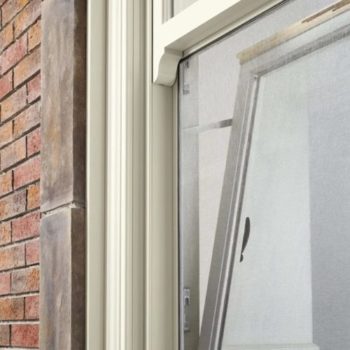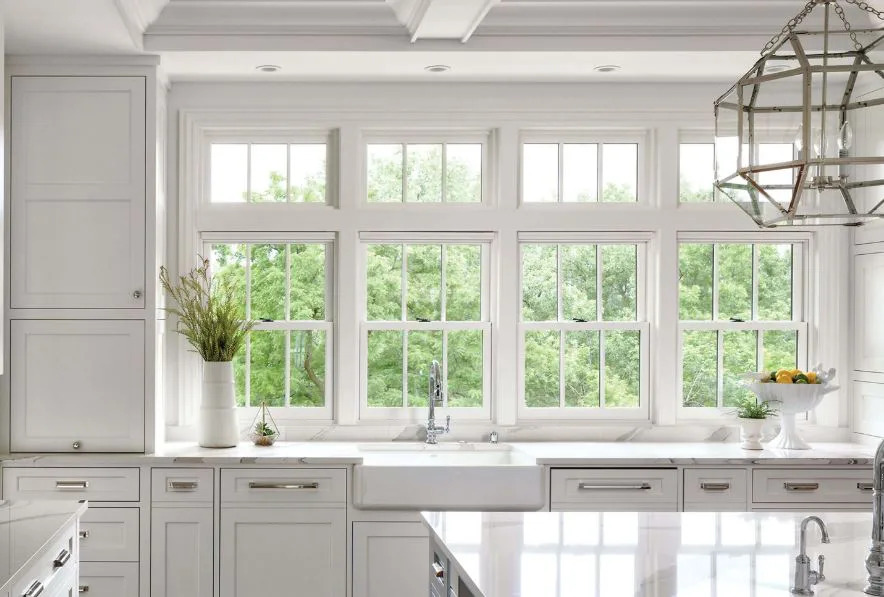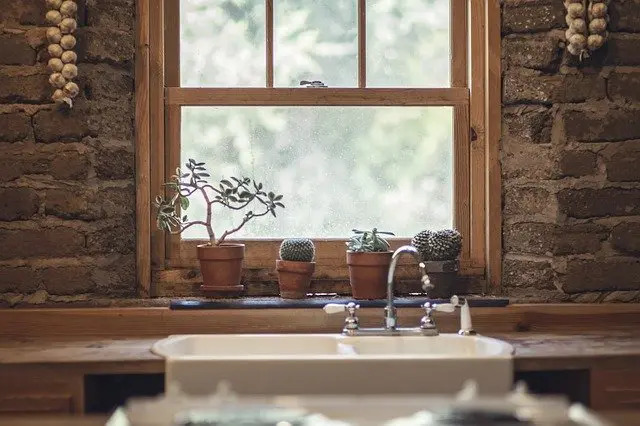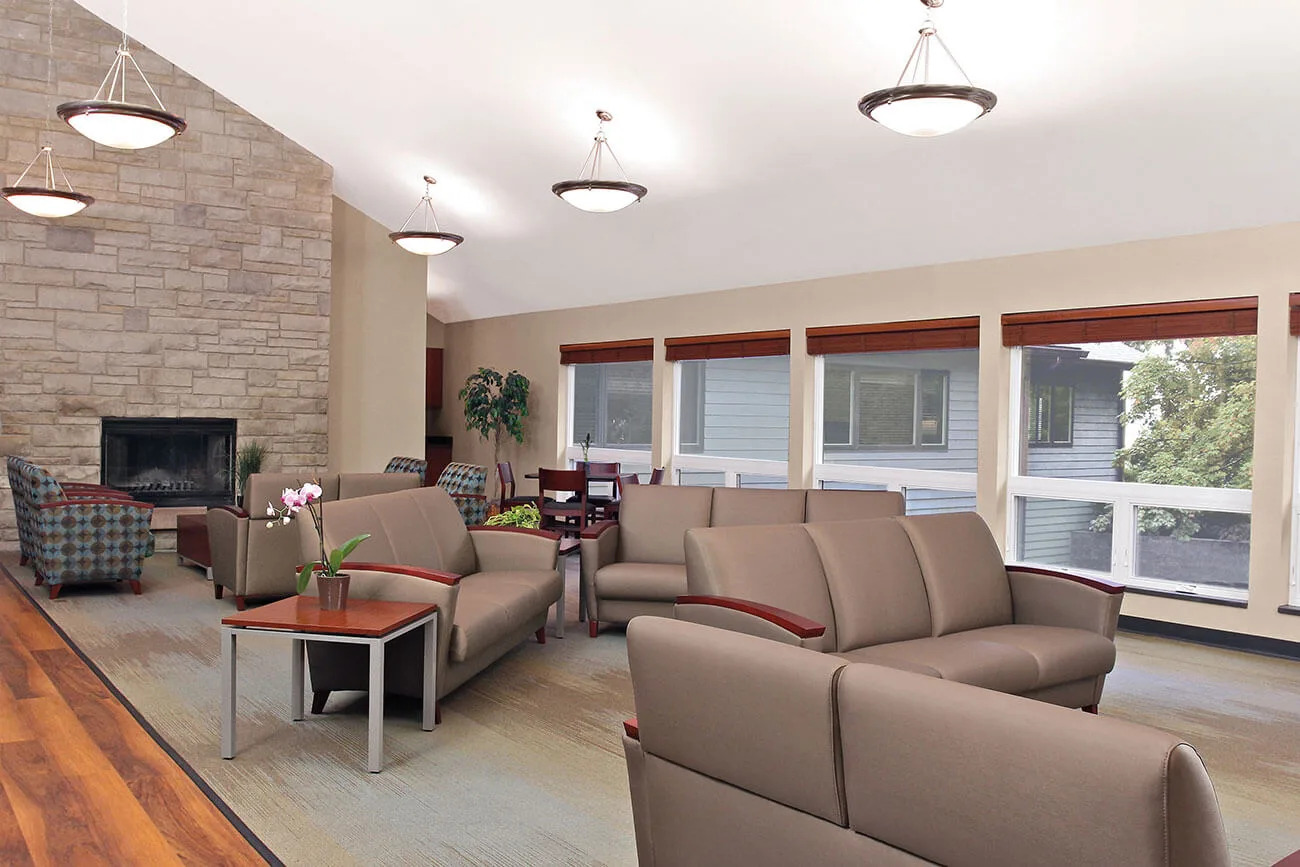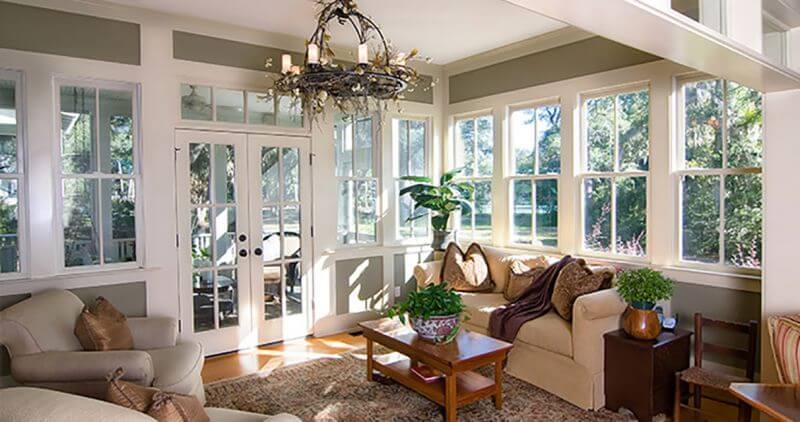Picking a replacement windows Seattle means making a lot of important decisions. It can feel like a long process as you consider more than just the aesthetics of window materials, styles, and upgrades. When determining the right style you have to think about which direction the windows face, the main function, and which direction the window opens. In turn, this determines the natural light, ventilation, and comfort in your home. And two window styles you might not have considered are hopper and awning windows.
What are Hopper and Awning Windows?
Awning windows hinge at the top and push outward to open. When the window is open the glass pane creates a little roof over the opening. Hopper windows are similar, except they hinge at the bottom and can push outward or pull inward to open.
Pros and Cons of Hopper and Awning Windows

Both are unique window styles that come with advantages and disadvantages. Here is what you should know if you want to install these replacement windows:
Ventilation
Awning windows are great for ventilation. You can open them, even if it is raining outside. They allow the cooler air in and keep the rain out. Hopper windows still allow ventilation but tend to catch debris. Both window styles can create even better ventilation when placed higher up on the walls.
Energy Efficiency
Because the awning and hopper windows have only one pane that opens outward, they perform much like casement windows. They are surprisingly energy efficient because they close and lock tight. And if the window blows against these windows it tightens the seal helping to reduce air leaks.
Space
While not entirely projection windows1, these windows do take up space when you open them. This means you have to consider that space when you install these windows along walkways or outdoor patios. You do not want them obstructing the path or getting in the way of outdoor furniture.
Cleaning and Maintenance
These window styles tend to catch a lot of dirt. And of these window styles perhaps the easiest to clean would be hopper windows that pull inward to open. You can easily clean both surfaces from inside as long as they are not installed too high on the wall. Otherwise, with awning windows, you probably will need to clean from both inside and outside.
Access
Awning and hopper windows are a little more secure, and not easy to break into. On the flip side, it can be difficult to use an awning or hopper window as an escape during an emergency. Something to consider if you plan on installing these windows in a bedroom or other living space.
Where to Install Hopper and Awning Windows
These window styles can work well in almost any room in the house. Many homeowners choose to install them in basements because they can sit so high on the wall. They also work well in bathrooms where you want light and ventilation, but still want to maintain privacy.
What is the difference between an awning and a hopper window?
Awnings and Hopper Windows are two different types of windows that serve the same function but have some notable differences. Awning windows typically consist of a single sash window with a small overhang to protect from wind and rain. The purpose is to offer protection from the elements while remaining open for ventilation. An awning window is typically used on the side of your house. It’s designed to accommodate an overhang or porch so that it does not get in the way of people walking outside.
On the other hand, hopper windows typically consist of more than one sash to provide greater protection against weather conditions such as high winds or heavy rains. A hopper window is more common and can be found on both sides of your home.
The main difference between these two types of windows is their design intent – an awning will provide light but little protection; whereas a hopper will offer better protection without sacrificing light so they can be used anywhere in your home!
Do hopper windows come out?
Yes, they do. Hoppers are a type of window that can be opened outward like a door or lifted up and then secured into place like an air vent. They are the most common type of window in a house and can be found on the bottom floor or top floor as well. Hoppers allow for air to flow through them, which helps with ventilation too. Hopper windows are a great way to get natural light in your house. They allow you to see outside and also enjoy some of the fresh air that is going on around you.
Size of A Hopper Window
Hopper windows are typically a small, narrow window that opens from the top. This type of window opens downward and inward and is commonly installed as a bathroom or basement window along with fiberglass casement windows. They are usually found in pairs on either side of a door or along the bottom of casement windows. A hopper window is one foot wide by three feet tall (30 x 90 cm) when measured across its width and height respectively but may also be narrower depending on its placement within the home’s structure.
How do you use a hopper window?
A hopper window is a type of window that has two or more sashes that move up and down, allowing the user to adjust the amount of light coming into a room. They are also referred to as “vertical sliders” but are not the same thing as a slider window that moves horizontally. A hopper window can be found on many styles of homes, including craftsman style, ranch style, Cape Cod style, and others. Hopper windows have an advantage over other types because they don’t take up any extra space in your home’s design when closed and provide natural ventilation during warmer months by opening all the way.
For help deciding on awning, hopper, or other replacement windows styles, contact the experts at Signature Window & Door Replacement. Call (253) 887-7792.


